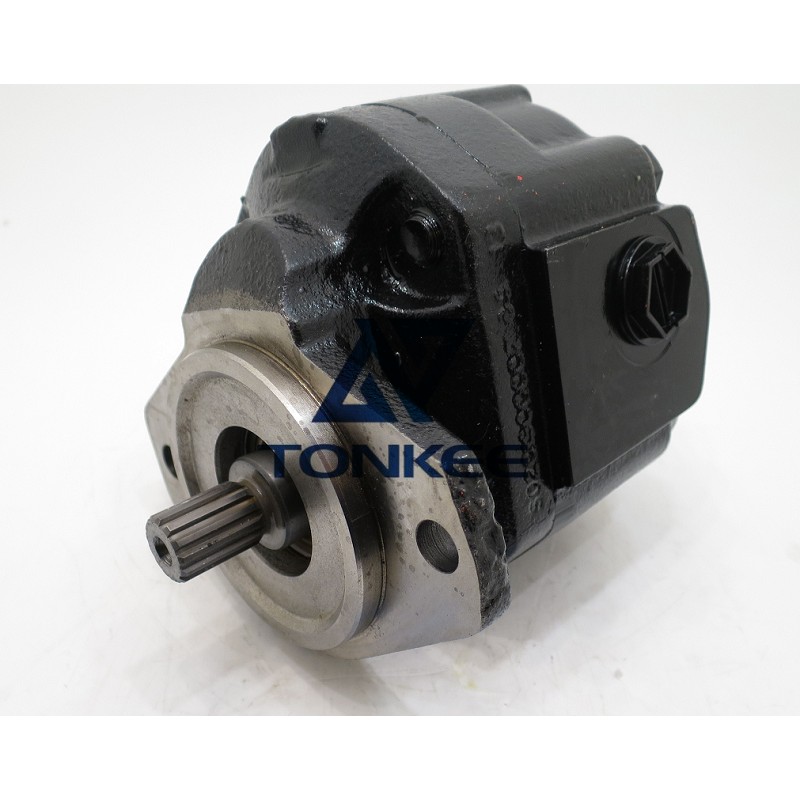
The 5H1 40132POW is a hydraulic gear pump, a type of positive displacement pump that transfers hydraulic fluid (usually oil) by trapping it between rotating gears.
This pump relies on the meshing of gears to create suction, draw in fluid, and then pressurize and discharge it.
Model Details:
Model: 5H1 40132POW
Type: Hydraulic Gear Pump
Application: Diverse industrial and mobile hydraulic systems
Flow Rate and Pressure:
Flow Rate: The 5H1 40132POW offers a specific flow rate, typically measured in liters per minute (LPM) or gallons per minute (GPM). The exact flow rate may vary depending on the model and application.
Pressure Rating: This hydraulic gear pump can generate a certain maximum pressure, usually measured in pounds per square inch (PSI) or bars. Again, the specific pressure rating depends on the model and purpose.
The pump consists of high-quality materials, often including cast iron or aluminum alloy for the pump housing and gears. These materials provide durability and resistance to hydraulic fluid corrosion.
Precision machining ensures tight tolerances, reducing internal leakage and improving efficiency.
Working Principle:
The pump contains two meshing gears - a driving gear (connected to the motor) and a driven gear.
As the gears rotate, they create a low-pressure zone at the inlet, allowing hydraulic fluid to be drawn into the pump.
The fluid is then trapped between the gear teeth and carried to the discharge port, where it is expelled under pressure.
Mounting Options:
The 5H1 40132POW hydraulic gear pump can be mounted in various configurations to suit different systems, such as foot mounting, flange mounting, or direct coupling to a power source.
Efficiency and Performance:
Hydraulic gear pumps are known for their efficiency, with many models capable of delivering a high volume of fluid at moderate to high pressure.
Efficiency is essential in hydraulic systems, as it minimizes energy waste and heat generation.
Temperature and Viscosity Considerations:
These pumps can handle a wide range of hydraulic fluid viscosities, but the fluid's temperature must be within an acceptable operating range to maintain efficiency and prevent damage.